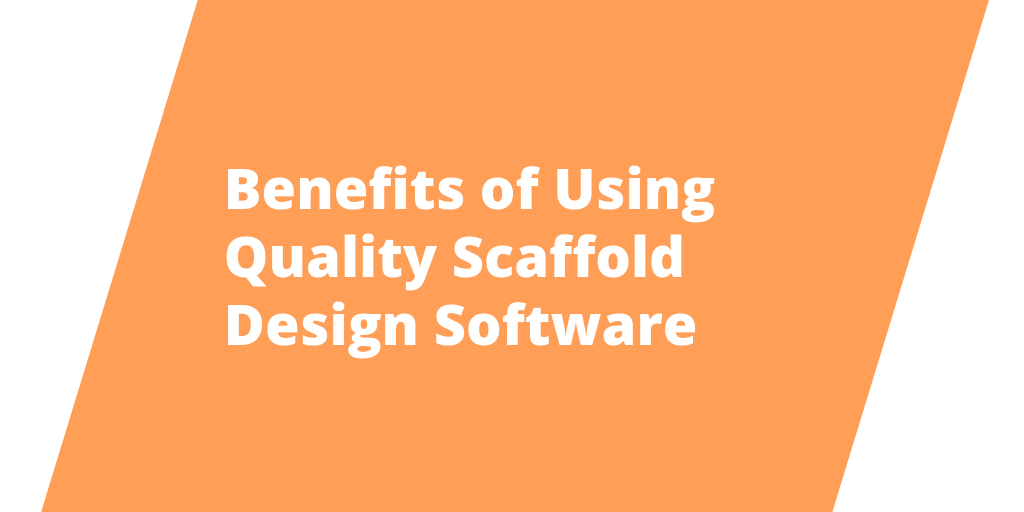From Bid to Build: How Scaffolding Software Supports Every Step of Scaffolding Projects
In today’s construction landscape, digital tools are reshaping how scaffolding companies operate—from the initial bid to project closeout. As the… Read More
Your Site Without Guesswork: ScaffoldIQ Webinar | Nov. 4 at 10 AM AWST, Nov. 5 at 11 AM GMT, Nov 6. At 9 AM PST | Register

Are you frustrated by how long it takes you to design scaffolds using pen-and-paper? Are you stressed out by the pressure of delivering quality scaffold drawings under impossible timelines? If you are, you are not alone.
Even draftsmen at large companies are still designing scaffolds manually. Not only is it incredibly time-consuming, the quality of hand-drawn designs tend to decline after multiple reworks and photocopies.
To compound matters, manual scaffold drawings provide limited visualization. A 2D drawing can only partially help someone visualize what the actual 3D scaffold will look like after completion.
Fortunately, the adoption of scaffolding technology is speeding up now as we speak. Don’t just take our word for it. Despite the recent pandemic-induced construction slowdown, digital transformation initiatives are still picking up in the scaffolding industry.
In a survey conducted by Avontus in conjunction with ScaffMag, 85% of respondents have rolled out at least one digital scaffolding solution. Of the 15% of businesses that have not, over half (57%) of them plan to do so in the near future.
Why wouldn’t they? The right scaffold design software can create bid-winning designs in a fraction of the time it would normally take.
In this blog post, we will dive deeper into ALL the benefits of using scaffold design software.
As mentioned earlier, manual scaffold drawings cannot really provide clear visualization of the completed scaffold.
However, a good scaffold design software like Avontus Designer® can render your scaffold drawings in 3D. Seeing your design materialize in 3D (as seen below) can give you another perspective on your work and help you catch errors you might have missed in 2D.
It also provides better visualization in terms of better helping your stakeholders understand your design. Better yet, it comes with virtual reality (VR) and augmented reality (AR) capabilities that’ll bring your 3D model to life, allowing you to inspect your work more critically from all angles.

The improved visualization has implications for scaffold safety too. Check out how one company effectively created safety-first scaffold designs here using Avontus Designer here. Draftsmen can now highlight where safety issues might arise based on the increased transparency of 3-D designs.
This is probably the greatest benefit of all. By creating scaffold drawings using computer images, you can create super accurate designs much more efficiently.
Avontus Designer goes further by enabling a drag-and-drop function using common scaffolding designs and components. Avontus Designer also allows users to add manufacturer catalogs, which provides you a wide library of scaffold systems to choose from for your designs.
Furthermore, Designer can also empower you to export both 2D and 3D plans to other programs such as BIM packages, AutoCAD, PDF, Navisworks, SCIA Engineer, and Microsoft Office. You can now share your designs with others without access to Designer and further streamline the workflow for maximum productivity,
As such, the scaffolding-specific nature of Avontus Designer gives it an advantage over generic design software like AutoCAD in terms of accessibility and ease of use.
“Using Avontus Designer has made a huge difference. It’s at least cut the time in half — maybe more. You get more production, so you’re getting a better value on your time spent on each job.”
Sean Harrison, Chief Administrative Officer, Tennessee Scaffolding
With the right scaffold design software, you can optimize the entire design process and free your time up to do more engaging work, or simply to get some rest.
The right scaffold design software should also be able to instantly generate a list of materials complete with costs and availability, so you don’t have to waste time manually estimating the BOM (Bill of Materials).
With a scaffold design software that integrates the design process and material calculation, you can avoid the disconnect between them and reduce the amount of time wasted on design rework and building delays, which in turn means less work and less pressure for you.
The improved accuracy in material count can also increase profits by up to 3 percent a year, which can help the company reinvest in the business and reward employees like you in the form of bonuses!
It’s 2021 and there’s really no reason why you should still be drawing up scaffold designs by hand.
Employing a proper scaffold design software can improve visualization, save time, and instantly calculate the amount of materials needed.
If you’re itching to get your hands on an award-winning scaffold design software by now, find out more details by clicking on the link below!